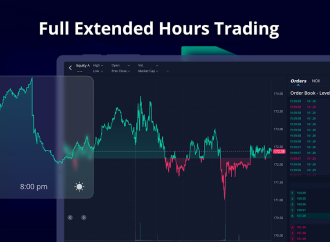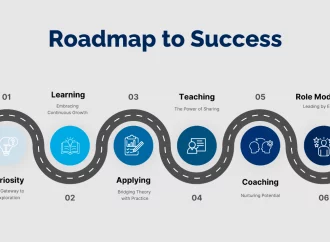As the global economy continues to evolve and adapt to new challenges, banks are also changing their lending practices. Amidst this landscape of change, the Federal Reserve has made a significant move in recent months that could reshape the way banks operate. In this blog post, we take a closer look at the latest developments
As the global economy continues to evolve and adapt to new challenges, banks are also changing their lending practices. Amidst this landscape of change, the Federal Reserve has made a significant move in recent months that could reshape the way banks operate. In this blog post, we take a closer look at the latest developments in bank lending and explore how those changes might impact borrowers and lenders alike. From new regulations to emerging technologies, there’s no shortage of factors shaping this shifting terrain – so let’s dive in!
What is the Fed doing?
The Federal Reserve has announced that it will begin to wind down its $4.5 trillion balance sheet, or QE program. The winding down of the QE program is a significant change in policy and signals a shift away from aggressive monetary stimulus.
What is the Fed’s goal with the QE program?
The goal of the QE program was to stimulate the economy by increasing liquidity and lowering interest rates. Low interest rates make it easier for businesses to borrow money, which in turn can lead to increased investment and growth. The Fed also hopes that its low interest rates will encourage people and companies to buy homes and cars, since those purchases are typically financed through debt.
Has the QE program been successful?
There is no one-size-fits-all answer to this question, as each situation is different. However, economists generally agree that the QE program has had a modest effect on economic growth overall. Critics argue that the stimulus has gone too far and done more harm than good, while supporters maintain that continued quantitative easing is necessary in order to prevent another recession from happening.
What does this mean for banks?
The Federal Reserve has made a recent move that could have a large impact on the banking sector and consumers. On Thursday, the Fed announced that it would start to shrink its balance sheet, which means reducing the amount of money in banks. The goal is to help stimulate the economy by encouraging businesses and individuals to borrow money and spend it.
This decision has raised some concerns among banks and consumers alike. Some say that this could lead to increased borrowing costs for consumers, while others worry about how this will affect the overall stability of the banking system. However, it’s important to keep in mind that this is only one part of a larger strategy – more details are still being released. In the meantime, bank customers should continue to monitor their accounts and credit ratings for any changes.
Why are banks lending less?
The Federal Reserve’s recent decision to lower interest rates has caused a decrease in bank lending, according to analysts. The Fed’s latest move, which was announced on December 14th, was a 0.25% decrease in the federal funds rate. This new interest rate is intended to help stimulate the economy by encouraging borrowing and spending.
Analysis of the Fed’s announcement shows that the main reason for the decreased lending is due to the decreasing number of available creditworthy borrowers. Low interest rates have made it difficult for banks to make money from their loans, and they are now looking for other means of making money such as investments or selling assets. This decreased lending can also lead to a decrease in economic activity if it continues long-term.
What can lenders do to offset the impact of the Fed’s decision?
The Federal Reserve’s decision to raise interest rates may have a significant impact on bank lending and the economy as a whole. Here are three ways lenders can offset the effect of the increase:
1. Tighten lending standards. Lenders may tighten their lending standards to ensure that borrowers have a good credit history and meet other qualifications. This could result in fewer loans being issued, which would impact consumer spending and economic growth.
2. Change the terms of loans. Lenders may offer longer terms or lower interest rates in an effort to compete with other lenders and keep customers happy. This could lead to increased borrowing costs for consumers, but it also may help stimulate economic growth by making mortgages more affordable and encouraging people to borrow for larger purchases.
3. Cut back on credit availability. If demand for loans decreases, lenders might be less likely to offer new loans or extend existing ones. This could cause a slowdown in consumer spending and overall economic activity, particularly if the number of people borrowing is already low relative to the amount of available debt financing.
Conclusion
The Fed’s latest move to raise interest rates was met with mixed reactions from the banking industry, but one thing is for sure: The landscape of bank lending has changed significantly in the last several years. In this article, we explore some of the nuances of this changing landscape and how it might impact your business. By understanding these changes, you can make informed decisions about how to best adapt and grow your bank.





















Leave a Comment
Your email address will not be published. Required fields are marked with *